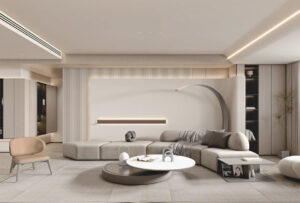
The bedroom is more than just a place to sleep; it is a sanctuary for relaxation, rejuvenation, and tranquility.
In this section, we will explore the significance of designing a serene bedroom retreat and how thoughtful interior design choices can create a haven of calmness amidst the chaos of everyday life.
1. Embracing Minimalism for Clarity
Creating a seamless connection between indoor and outdoor spaces involves more than just physical design. It’s about embracing design principles that bring harmony and unity, blurring the lines between nature and interior living.
1.1. The Essence of Minimalism
Delve into the essence of minimalism in interior design. It’s not merely about reducing clutter; it’s a philosophy that encourages intentional living by focusing on what truly matters. Minimalism is about creating breathing space for the mind and soul.
1.2. Decluttering for Tranquility
Discover how decluttering serves as the cornerstone of creating serene transitional spaces. Clutter can disrupt the flow between indoor and outdoor areas. By simplifying the space and carefully curating elements, you allow room for the beauty of nature and design to shine through.
1.3. Balance and Visual Harmony
Explore how minimalism nurtures a sense of balance and visual harmony in transitional spaces. The absence of excessive decor and unnecessary elements allows the eye to rest and the mind to find tranquility in the surroundings.
1.4. Mindful Material Selection
Minimalism extends beyond aesthetics; it also encompasses mindful material selection. Choose materials that align with the natural surroundings, promoting a seamless transition between indoor and outdoor areas.
1.5. Amplified Aesthetics
Contrary to the misconception that minimalism is sterile, it amplifies the aesthetics of both indoor and outdoor spaces. Every carefully chosen element becomes a focal point, allowing nature’s beauty to flourish and architectural design to shine.
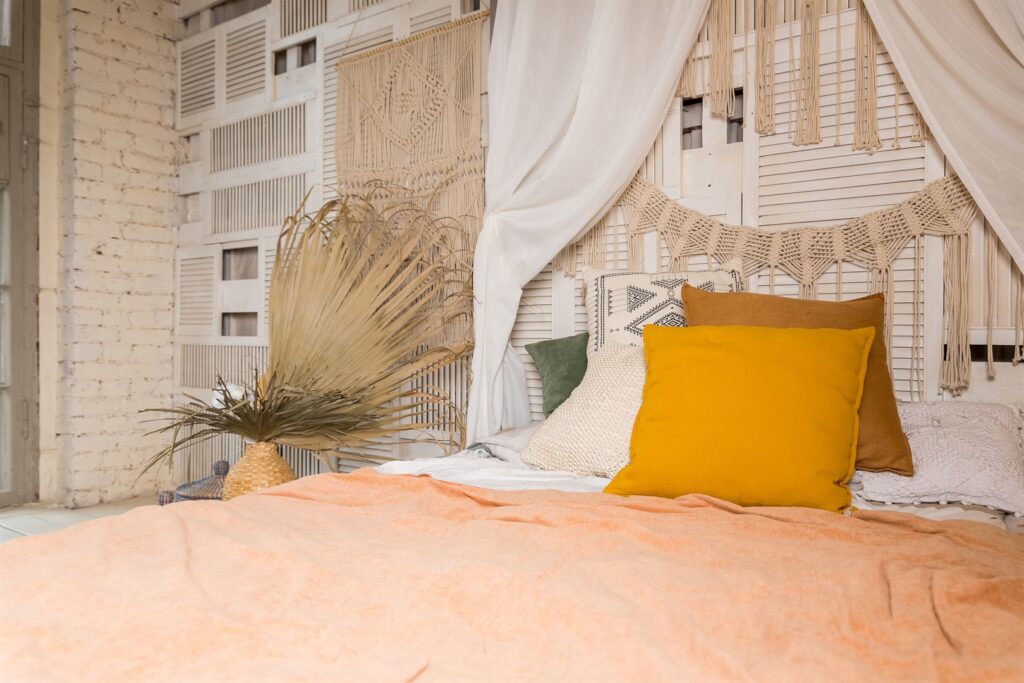
2. Soft Color Palettes: Soothing Hues for Relaxation
The interplay of colors in transitional spaces is a delicate art. Soft and soothing color palettes not only set the stage for tranquility but also facilitate a smooth transition from indoor to outdoor environments.
2.1. The Psychology of Colors
Explore the psychological impact of colors on our emotions and moods. Understand how different colors can influence our perception of space and contribute to the desired atmosphere of serenity.
2.2. The Allure of Soft Hues
Dive into the world of soft color palettes and their timeless appeal. Shades of blues, greens, and neutrals have a soothing effect, creating a serene backdrop that complements the natural environment.
2.3. Evoking Connection with Nature
Discover how soft color palettes in transitional spaces create a seamless connection with nature. These hues mimic the tranquility of the outdoors, fostering a sense of unity between the indoor and outdoor realms.
2.4. Layering Colors for Depth
Explore the art of layering colors to add depth and visual interest to transitional spaces. Soft color palettes allow for nuanced layering, enhancing the overall ambiance and creating a multi-dimensional experience.
2.5. Personalizing Tranquility
Understand how color choices contribute to personalizing the sense of tranquility in transitional spaces. Soft color palettes offer versatility, allowing homeowners to curate an environment that resonates with their unique preferences.
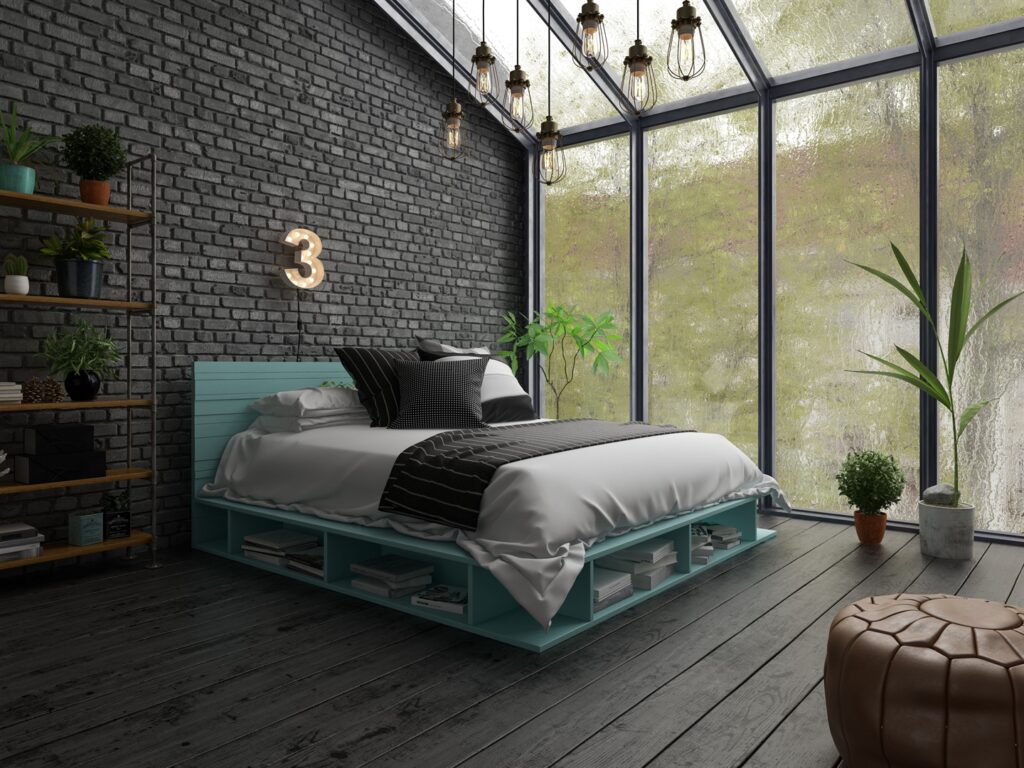
3. Natural Elements: Bringing the Outdoors In
The allure of nature’s beauty has a profound impact on our well-being. Incorporating natural elements into interior design allows us to experience the soothing effects of the outdoors within the comfort of our homes.
3.1. Wooden Furniture: Warmth and Authenticity
Discover the transformative power of wooden furniture in interior design. Wood’s warmth and authenticity infuse spaces with a natural charm that resonates with the outdoors. From rustic to modern interiors, wooden pieces add an organic touch, connecting you with nature.
3.2. Indoor Plants: Living Greenery
Unveil the benefits of indoor plants beyond their aesthetic appeal. Plants purify the air, improve humidity levels, and create a sense of serenity. Explore how plants like snake plants, peace lilies, and succulents can thrive indoors, adding vibrancy to your transitional spaces.
3.3. Natural Textiles: Softness and Texture
Dive into the world of natural textiles that evoke tactile comfort and visual pleasure. From linen and cotton to wool and jute, these materials add softness and texture to your living spaces. Discover how natural textiles enhance the coziness of transitional areas.
3.4. The Biophilic Connection
Explore the concept of biophilia, the innate human tendency to seek connections with nature. By incorporating natural elements, you’re not only enhancing aesthetics but also tapping into the soothing benefits of biophilic design. Biophilic spaces promote well-being and reduce stress.
3.5. Harmony in Material Mix
Learn how to harmoniously blend natural elements with other materials in your interior design. Discover how a fusion of wood, stone, and metal can create an eclectic yet cohesive ambiance, amplifying the natural connection between indoors and outdoors.
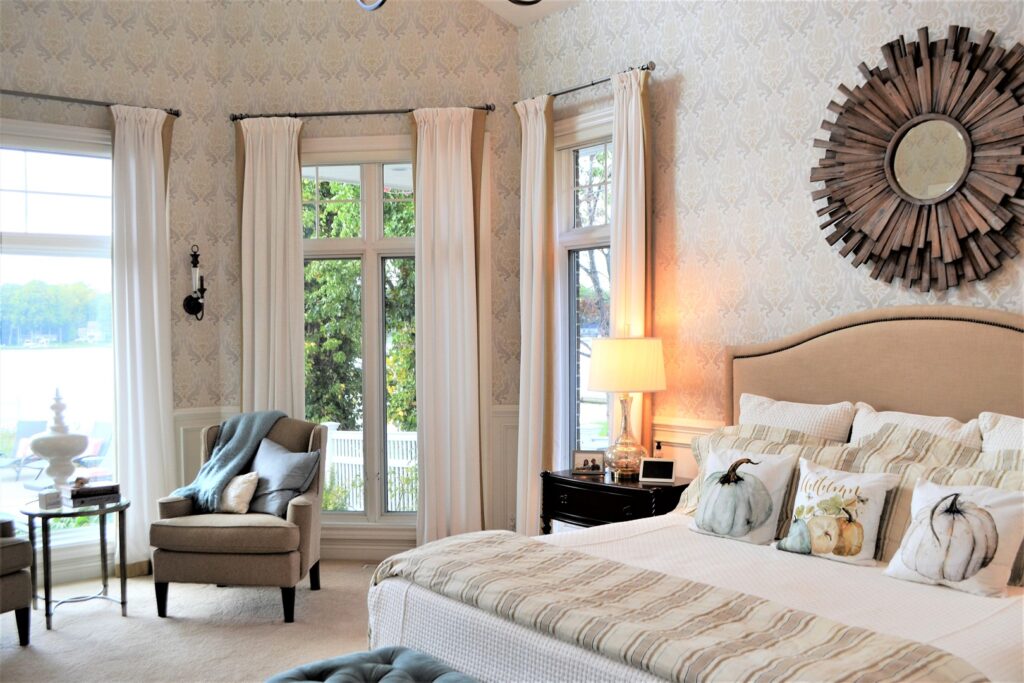
4. Optimal Lighting: Illuminating Serenity
Lighting is a crucial aspect of interior design that profoundly impacts the ambiance of a space. In this section, we delve into the significance of lighting in cultivating tranquility within transitional spaces. From natural light to blackout curtains and ambient illumination, explore how lighting choices contribute to the serene atmosphere.
4.1. Harnessing Natural Light
Discover the beauty of natural light as a primary source of illumination. Explore the benefits of strategically placing windows and glass doors to invite daylight into your living spaces. Natural light not only enhances mood but also creates a seamless connection between indoors and outdoors.
4.2. Blackout Curtains: Quality Sleep
Uncover the importance of blackout curtains in creating an optimal sleep environment. These curtains block external light, promoting restful sleep and contributing to the overall tranquility of your transitional spaces.
4.3. Ambient Lighting: Cozy and Soothing
Explore the world of ambient lighting that fosters a cozy and soothing atmosphere. From pendant lights with dimmer switches to floor lamps, discover how ambient lighting enhances the ambiance during different times of the day.
4.4. Layered Lighting: Versatility and Depth
Dive into the concept of layered lighting that combines different light sources to create versatility and depth. Explore how a blend of task lighting, ambient lighting, and accent lighting can transform transitional spaces into multifunctional havens.
4.5. Lighting Controls: Personalized Comfort
Learn about lighting controls that allow you to personalize the illumination according to your needs. Smart lighting systems enable you to adjust brightness and color temperature, further enhancing the serene ambiance of your transitional spaces.
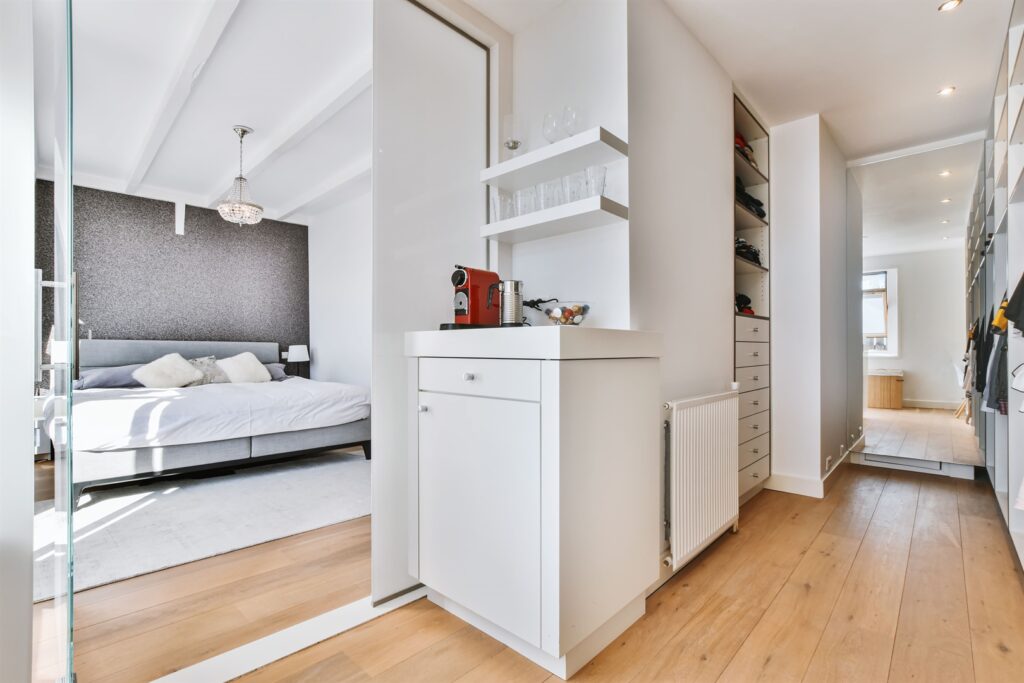
5. Mindful Furniture Choices
When it comes to cultivating tranquility, every detail matters in interior design. Mindful furniture choices play a pivotal role in creating a serene bedroom retreat.
5.1. The Comfort of Supportive Mattresses
The foundation of a serene bedroom lies in the comfort of your mattress. Explore the world of supportive mattresses that provide the right balance of softness and firmness, ensuring that you wake up feeling refreshed and rejuvenated. Invest in a mattress that aligns with your preferred sleep position and promotes restful slumber.
5.2. Ergonomic Pillows for Neck and Shoulder Comfort
Pillows aren’t just accessories; they contribute significantly to your sleep quality. Dive into the realm of ergonomic pillows that support the natural alignment of your neck and shoulders. Whether you prefer memory foam, latex, or down pillows, prioritize comfort to enhance your bedtime experience.
5.3. Furniture Arrangement for Relaxation and Rest
The way you arrange your bedroom furniture has a direct impact on the overall ambiance. Explore furniture layouts that promote relaxation and rest. Consider a layout that maximizes space flow, minimizes clutter, and creates a harmonious balance between function and aesthetics.
5.4. Incorporating Multi-Functional Furniture
Embrace the concept of multi-functional furniture that serves dual purposes while contributing to the serenity of the space. From storage beds that keep your belongings organized to benches with hidden compartments, these pieces not only save space but also enhance the overall design.
5.5. Calming Color Palettes in Furniture Design
Explore how furniture color palettes contribute to the bedroom’s tranquility. Soft, neutral tones and calming shades further enhance the serene ambiance. These color choices, combined with thoughtful furniture design, create a cohesive and soothing atmosphere.
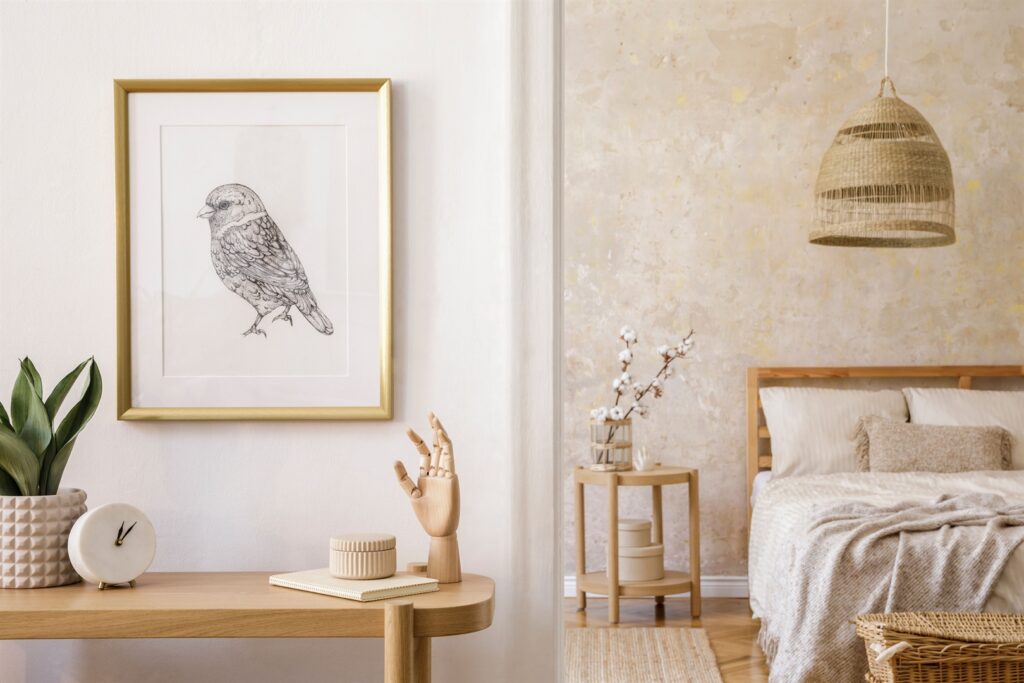
6. Personal Retreat Nooks
Creating a serene bedroom retreat isn’t just about the overall design; it is also about crafting intimate corners that invite relaxation and mindfulness.
6.1. The Cozy Reading Corner
Discover the joy of carving out a cozy reading corner within your bedroom. Select a comfortable chair, add soft lighting, and create a space where you can escape into the world of literature. This corner serves as a haven for contemplation and relaxation.
6.2. Meditation and Mindfulness Spaces
Explore the power of integrating meditation and mindfulness into your bedroom. Designate a serene corner where you can practice meditation, yoga, or deep breathing exercises. This space fosters a sense of calmness and inner peace, enhancing your overall well-being.
6.3. Window Nooks for Connection with Nature
Window nooks offer a unique opportunity to connect with the outdoors from within your bedroom. Transform a bay window or alcove into a serene spot where you can bask in natural light, read, or simply enjoy the view. This connection with nature enhances the overall serenity of the space.
6.4. Creating a Digital Detox Zone
In a world dominated by screens, consider creating a digital detox zone within your bedroom. Designate an area where you disconnect from technology and focus on relaxation, journaling, or engaging in creative hobbies that promote mindfulness.
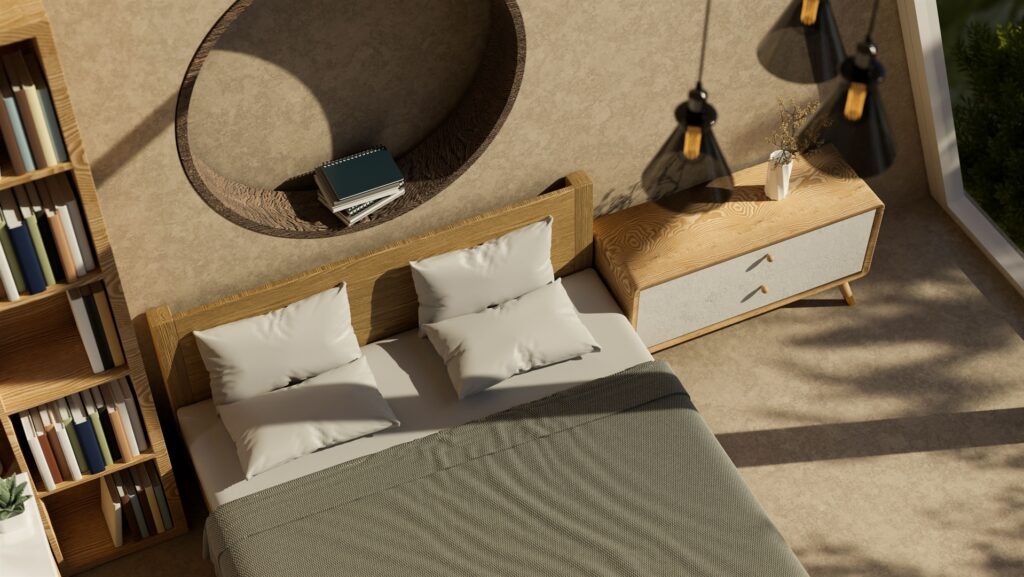
7. Incorporating Textures: Tactile Comfort
Creating transitional spaces that seamlessly connect the indoors with the outdoors involves more than just visual design. Tactile comfort plays a crucial role in enhancing the sensory experience and promoting relaxation.
7.1. The Power of Tactile Sensations
Understand the significance of tactile sensations in interior design. Tactile experiences engage our senses on a deeper level, contributing to our overall perception of comfort and well-being within transitional spaces.
7.2. Plush Bedding: A Touch of Luxury
Explore the world of plush bedding that invites you to sink into softness. From silky smooth sheets to down-filled comforters, the right bedding textures can transform your bedroom into a haven of tactile comfort, promoting better sleep and relaxation.
7.3. Soft Rugs: Beneath Your Feet
Uncover the magic of soft rugs that not only enhance the visual appeal of transitional spaces but also provide a luxurious underfoot sensation. Whether it’s a fluffy area rug or a natural fiber rug, textures beneath your feet create a warm and inviting ambiance.
7.4. Textured Wall Panels: Visual and Tactile Delight
Discover how textured wall panels add a new dimension to transitional spaces. These panels not only contribute to visual aesthetics but also offer a tactile delight as you run your hands across their surfaces, creating an immersive experience.
7.5. Natural Textiles: Connection to Nature
Explore the beauty of natural textiles that connect transitional spaces to the outdoors. Materials like jute, linen, and cotton infuse the space with organic textures, evoking a sense of harmony and grounding.
7.6. Layered Textures: Depth and Dimension
Learn the art of layering textures to create depth and dimension within transitional spaces. Combining different textures, from smooth to rough, creates a visually captivating environment that engages both sight and touch.
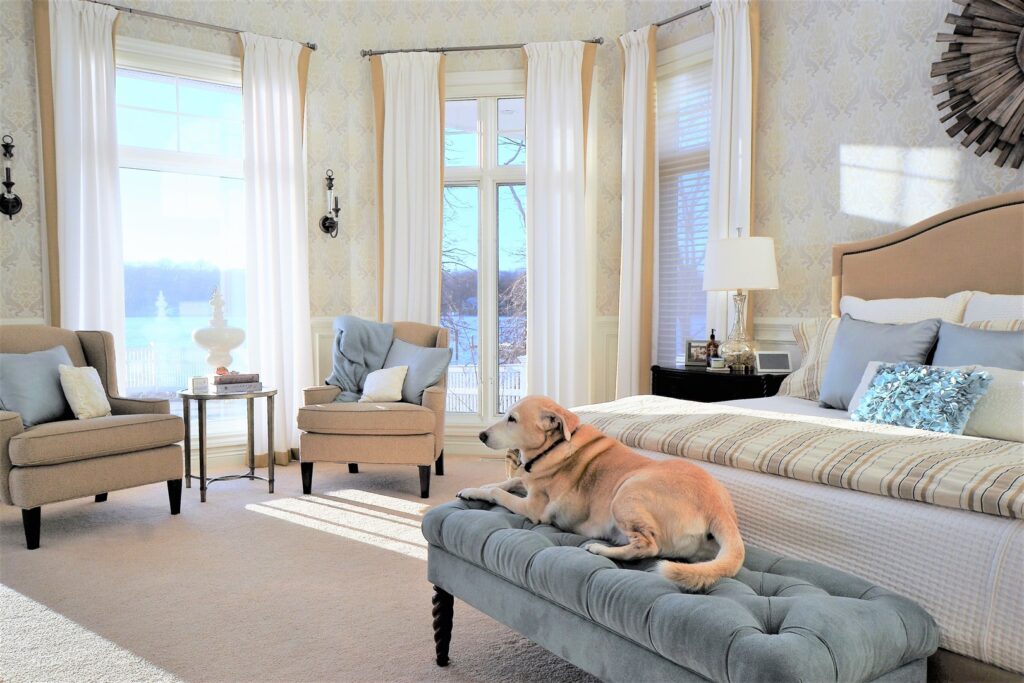
Conclusion
Designing a serene bedroom retreat is a pursuit of creating balance and harmony within your living space. By embracing minimalism, soft color palettes, natural elements, optimal lighting, mindful furniture choices, personal retreat nooks, and tactile comfort, you can curate a bedroom that serves as a haven of tranquility, ensuring restful sleep and a rejuvenated spirit.
Recent Articles
-
 Winter's Warm Embrace: Crafting A Cozy Sanctuary With Hygge-Inspired Décor
Winter's Warm Embrace: Crafting A Cozy Sanctuary With Hygge-Inspired Décor -
 The Art Of Elevating Well-Being With Nature-Infused Interior Design
The Art Of Elevating Well-Being With Nature-Infused Interior Design -
 Enigmatic Allure: The Timeless Elegance Of Embracing Dark Colors In Interior Design
Enigmatic Allure: The Timeless Elegance Of Embracing Dark Colors In Interior Design -
 Sustainable Serenity: Crafting Eco-Friendly Sanctuaries With Organic Materials In Interior Design
Sustainable Serenity: Crafting Eco-Friendly Sanctuaries With Organic Materials In Interior Design


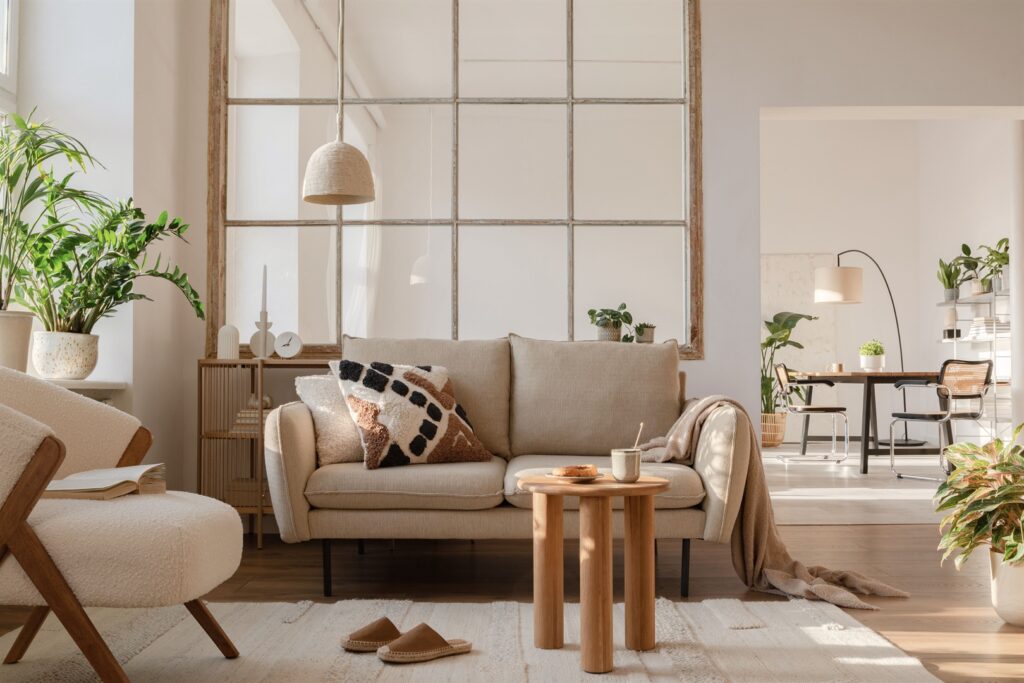
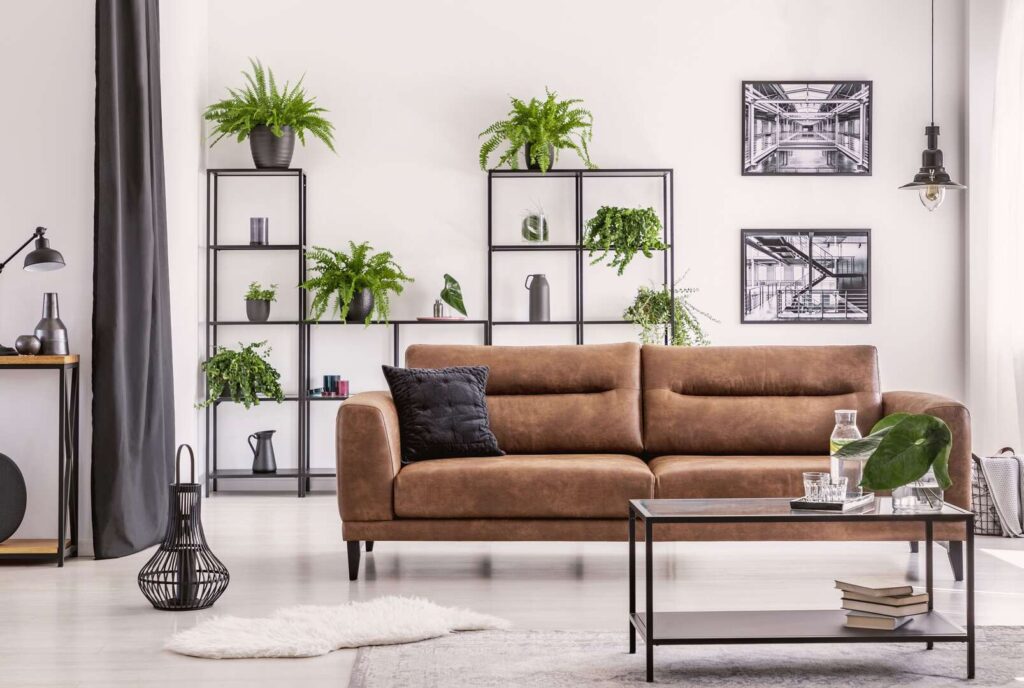
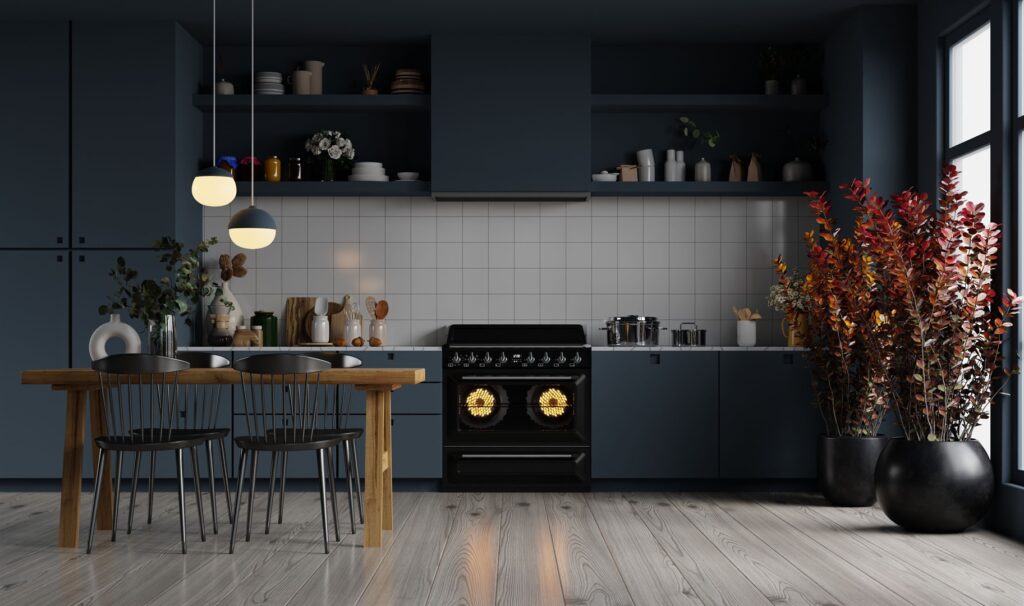
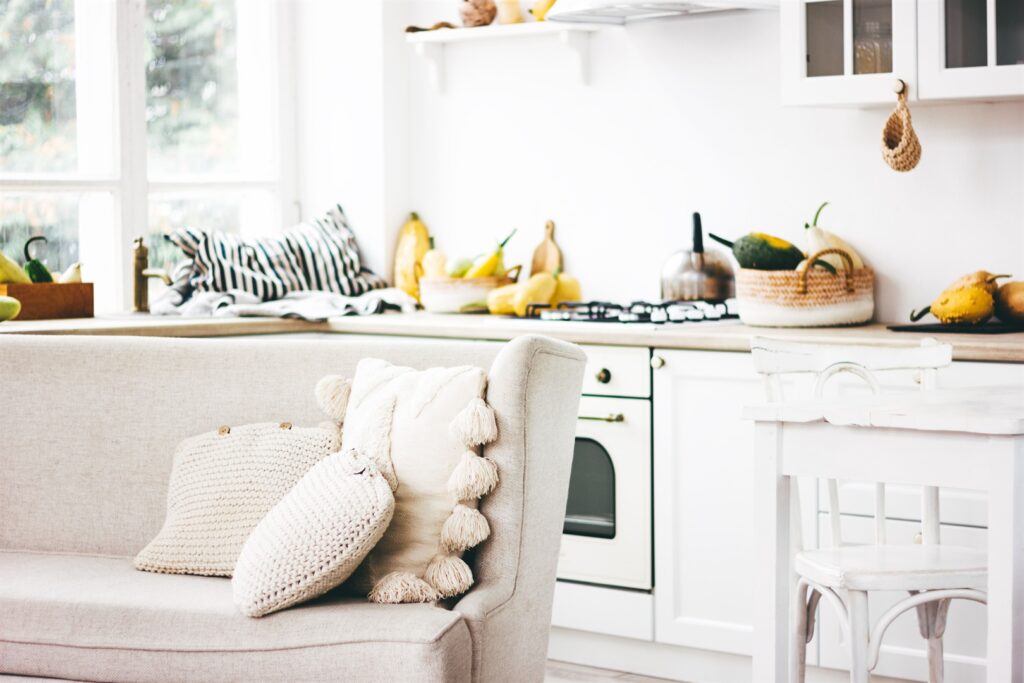
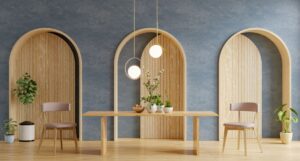



.png)